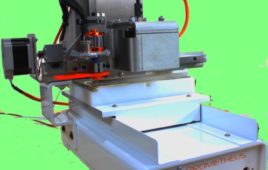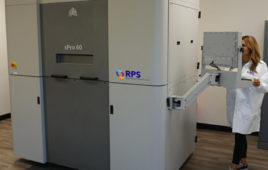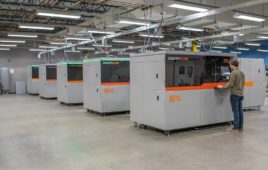Animal testing for scientific research has long been a reality, with zebrafish eclipsing rodents and primates in studies due to their versatility and other factors.
Concerns from policymakers, private citizens, and scientific authorities about the overuse of animals in research experiments have led a team of researchers at the New York University Tandon School of Engineering to seek out computer-based methodologies that could reduce animal usage.
These data-driven models simulate zebrafish swimming in three dimensions. The findings were recently published in the journal Nature.
“It is rooted in real-life data and robust enough to potentially replace animals in some types of research, particularly neurobehavioral studies that are critical to understanding the brain,” according to an NYU Tandon statement.
The study was led by NYU Tandon professor Maurizio Porfiri and included work from doctoral candidate Violet Mwaffo and Sachit Butail, an assistant professor at Northern Illinois University.
The research drew analogies from the field of financial engineering, in which Mwaffo was trained. Through these analogies, the researchers were able to model zebrafish behavior from a two-dimensional model developed in 2015. The 3D model features variables like speed modulation, wall interaction, and the burst-and-coast swimming style of zebrafish. The model was calibrated on a dataset of zebrafish swimming in 3D acquired by Porfiri’s group through a novel tracking framework developed by Butail during his postdoctoral work at NYU Tandon.
“We’re proposing to use this zebrafish model during the pre-clinical stages of research,” Porfiri said in a statement. “While it can’t entirely replace animal testing, we expect using this model will lead to an overall decrease in the use of animal test subjects.”
While developing the model, the researchers observed a correlation between increasing tank size and the speed of the zebrafish. Uncovering this type of correlation, the researchers contend, would require thousands of animals, but the computer model requires only a few minutes of calculations.
The researchers are currently working on a more accurate model capable of reproducing all of the behaviors of zebrafish. The next step involves exploring social interaction and responses to live and engineered stimuli.
Filed Under: Rapid prototyping




